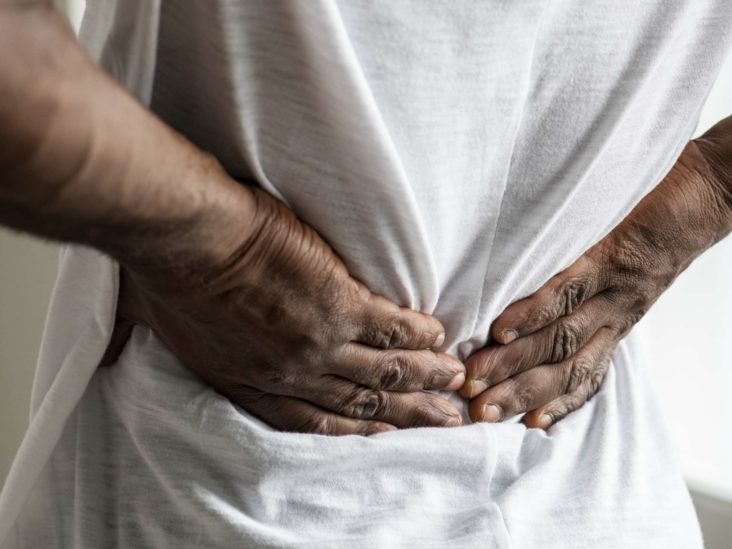Most people in Eugene, Oregon, think that back pain is caused by a specific incident or event- like lifting something heavy wrong, for instance. But the truth is, low back pain can have many different causes, some of which are still overlooked by many. Here we’ll take a look at some of the most common causes of low back pain in Eugene, OR.
Degenerative Disc Disease(DDD)
One of the most common causes of low back pain is DDD, which occurs when one or more of the discs in your spine lose their ability to act as shock absorbers. They begin to degenerate, and small bone spurs can form around them. As this process progresses, it puts pressure on nerves passing through the spine, which causes pain.
Degenerative disc disease can occur in anyone, but it’s more common in people over 40. The degeneration process doesn’t stop when you reach your 40s or 50s, so if you already suffer from back pain, this is something to keep an eye on.
Facet Joint Syndrome
Facet joints are the places where your vertebrae meet. They help keep your spine stable and allow for lower back movement. Many things can go wrong with these joints, causing pain that radiates into the buttocks and down one or both legs. The most common cause of facet joint syndrome is arthritis in the spine- inflammation causes friction, which leads to pain.
Lumbar Radiculopathy (Sciatica)
Sciatica is a common cause of low back pain. This condition affects the sciatic nerve, which can become compressed in the lower back due to inflammation or swelling related to another state, such as DDD. As this happens, it causes stabbing pain that radiates from your buttocks down your leg.
In most cases of sciatica, the pain is on only one side of your body. Suppose you have lumbar radiculopathy and experience sudden, intense pain accompanied by numbness or tingling in your leg. In that case, it may be a sign of what’s known as cauda equina syndrome- be sure to see your low back pain specialist right away if this happens.
Spinal Stenosis
Spinal stenosis is a narrowing of the spinal column that puts pressure on the nerves, causing pain. It’s most common in people over the age of 50, and it tends to get more severe over time. If you have this condition, you may find yourself unable to stand for long periods.
Herniated discs are a common cause of acute low back pain and chronic back pain. This occurs when the softer material in one or more of your discs pushes out through a crack in the more rigid exterior.
In most cases, a herniated disc will fix itself after a few months, but if you have it and the pain doesn’t go away, then it could be a sign of something more serious called “discogenic back pain.” This is when something has gone wrong with the natural process of disc degeneration.
Low back specialists can help diagnose the exact cause and give treatments to alleviate your symptoms. Some common causes include degenerative disc disease or facet joint syndrome, which are relatively easy to treat with surgery. Sciatica affects the sciatic nerve.


